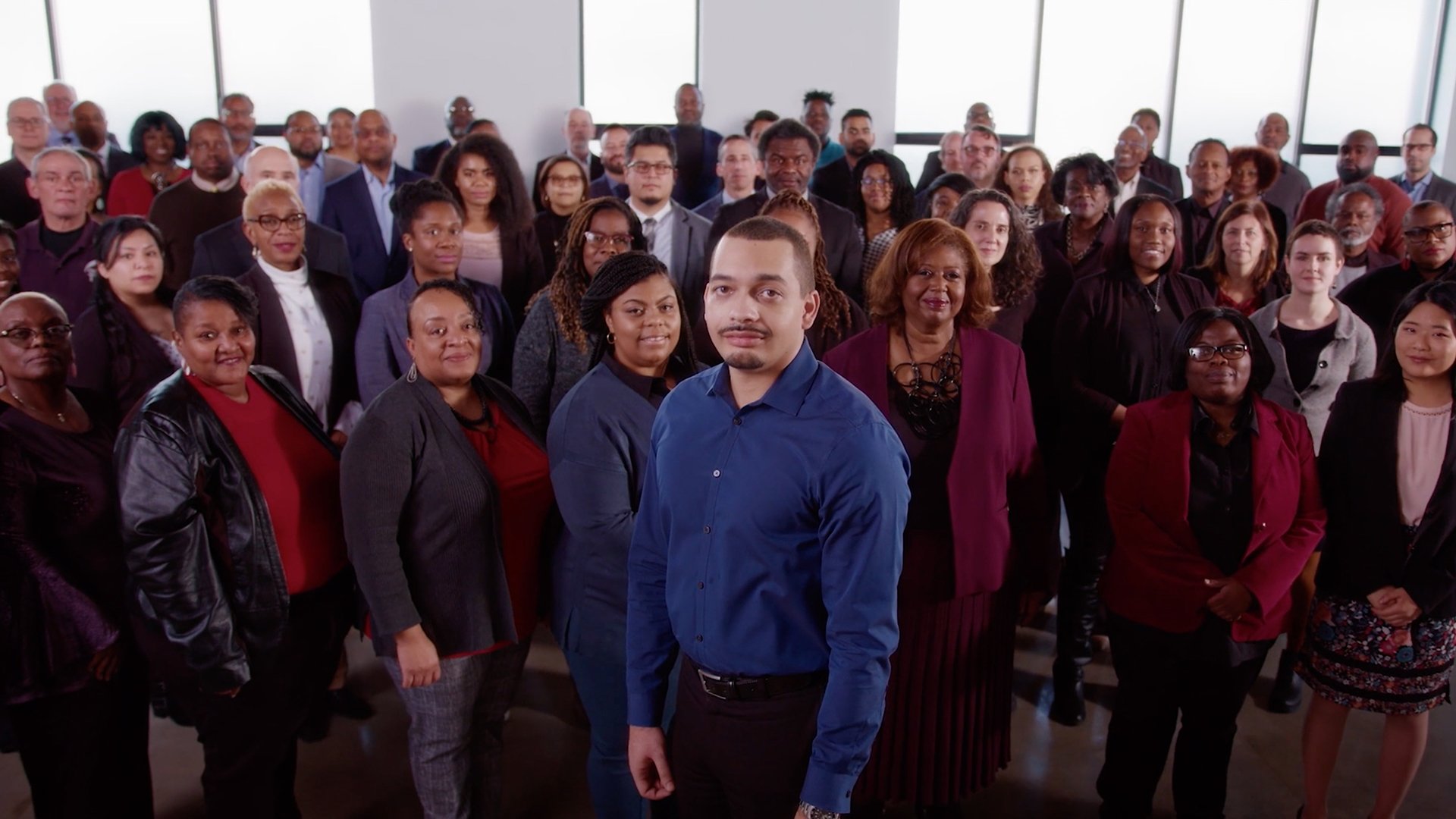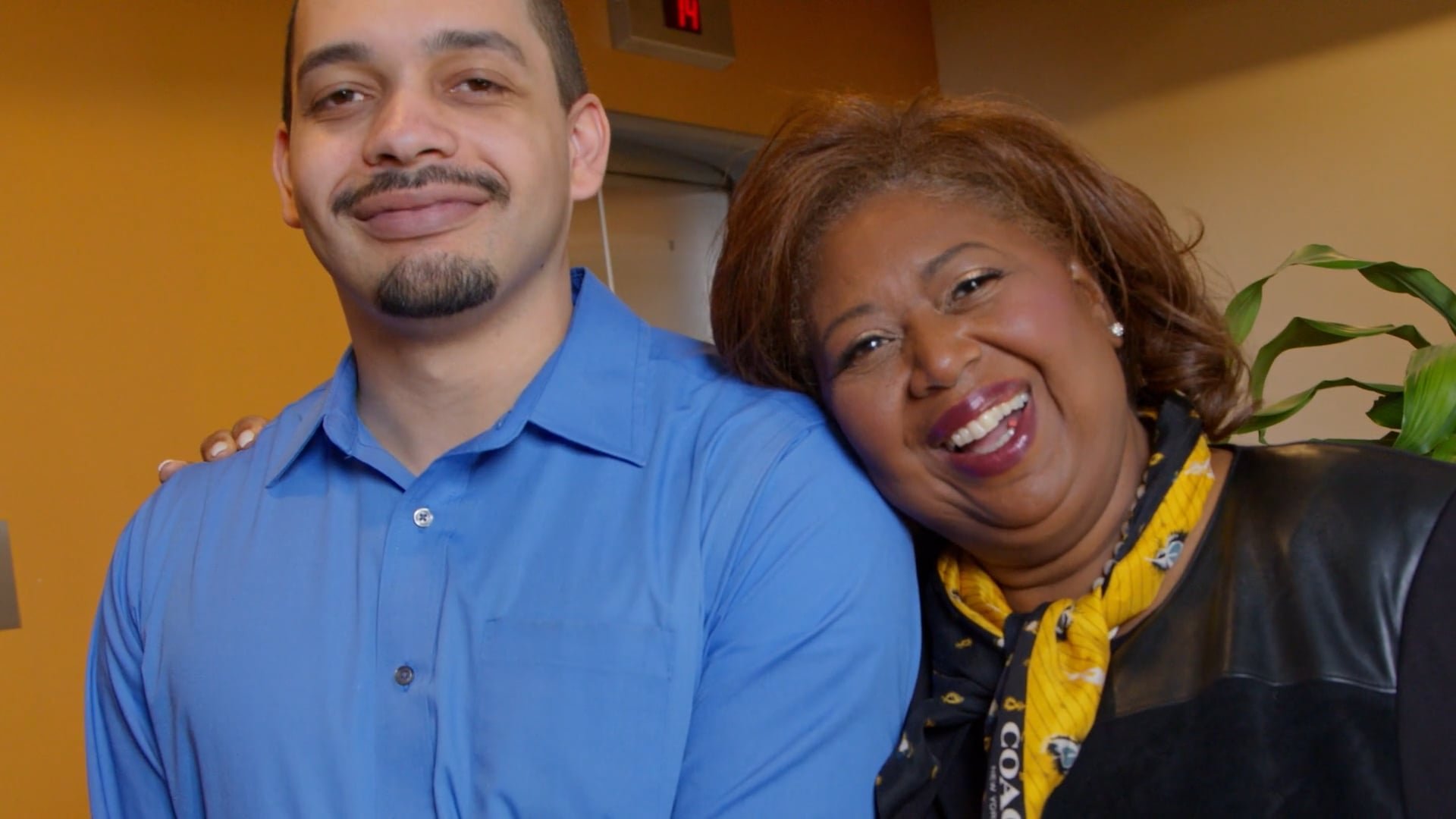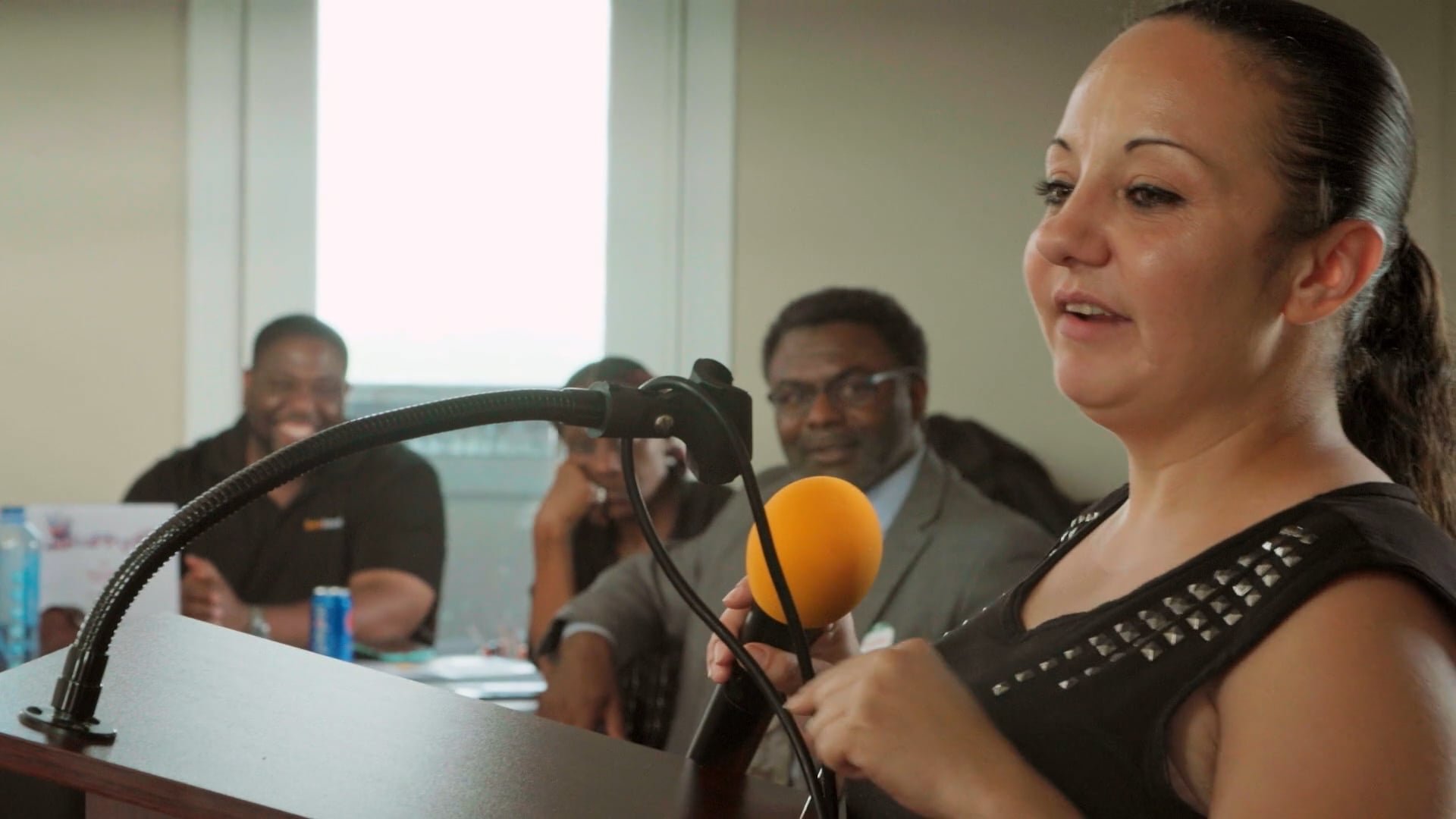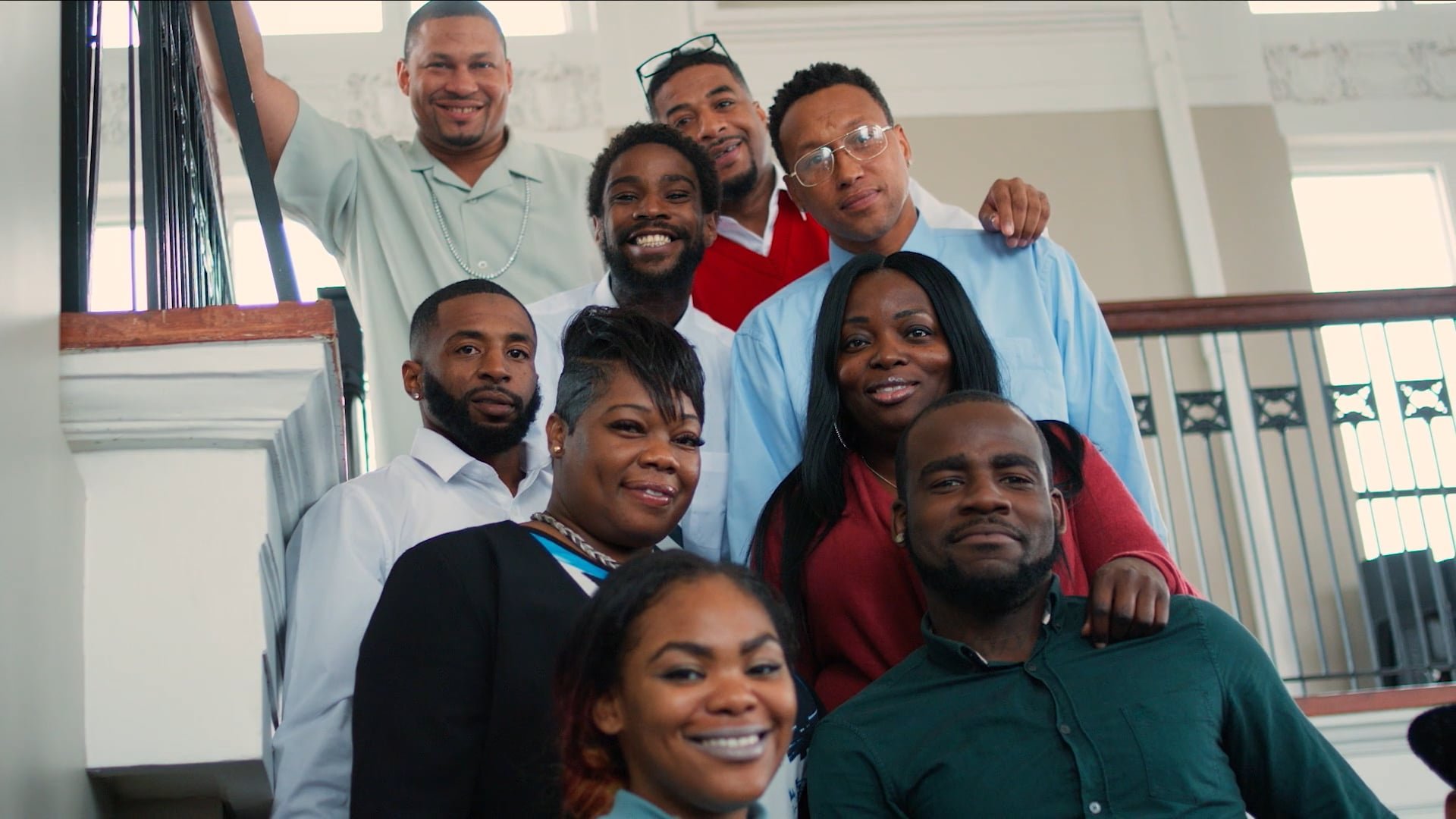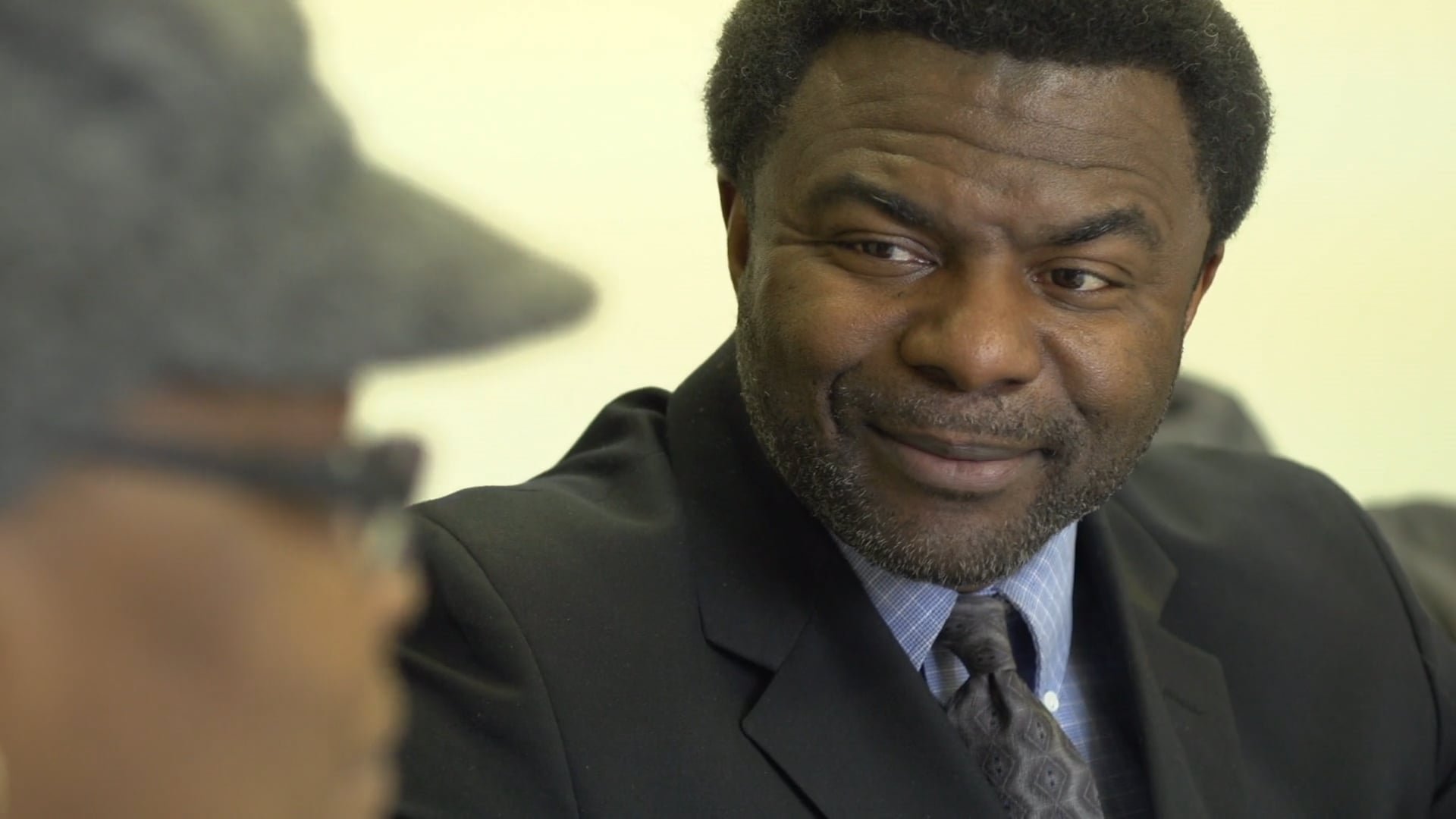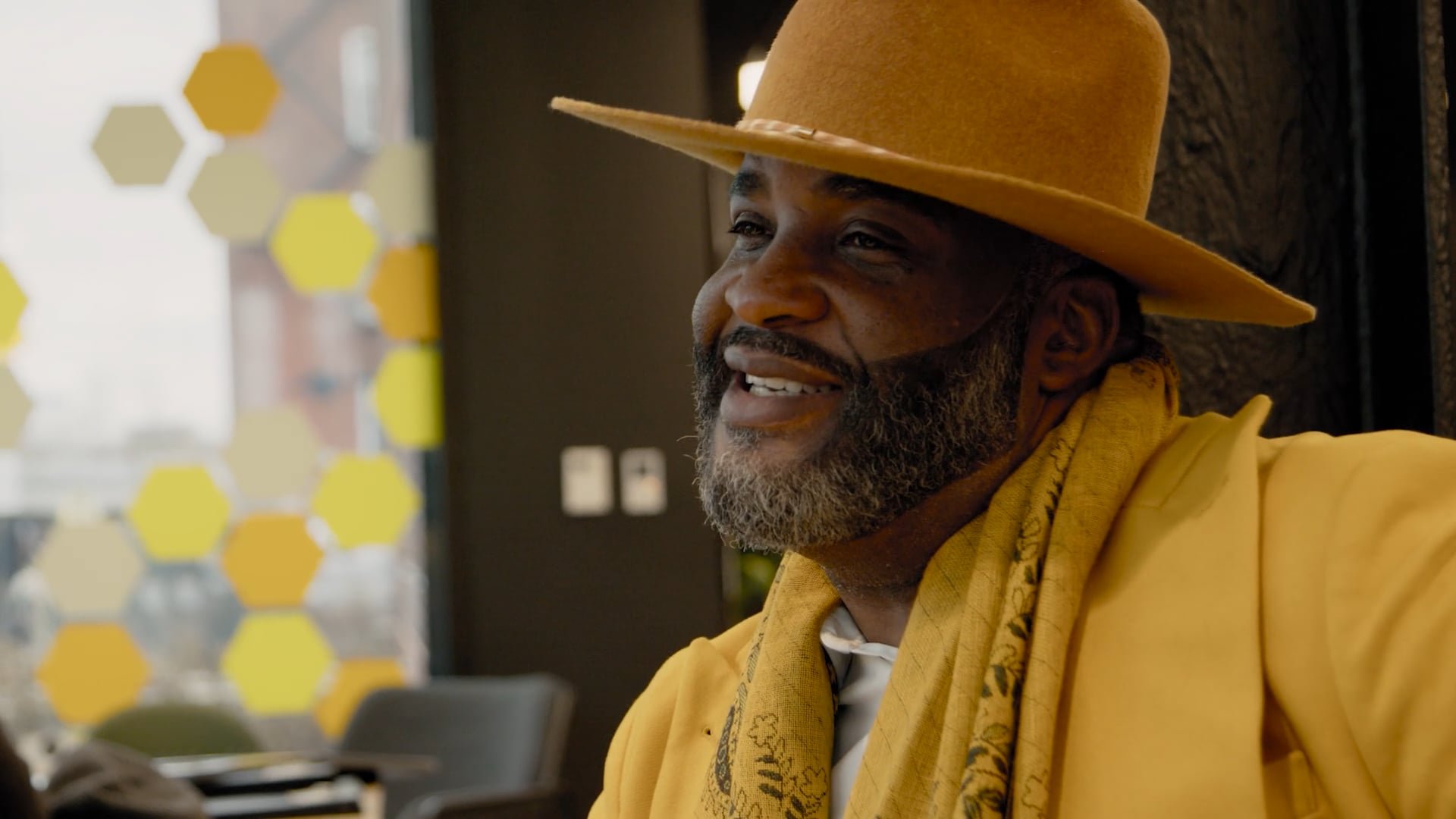Who Cares About Nonprofit Brand Marketing?
We had a conversation with Brenda Palms, President and CEO of the North Lawndale Employment Network; an organization on the West Side of Chicago transforming lives and communities going on 25 years. Brenda, who has been leading the organization from the beginning, shares with us her perspectives on the importance of a strategic and compelling ‘Mission Elevator Pitch.’
Is it important for a mission-driven organization to develop an elevator pitch?
Is there a strategic structure to how you present the message of NLEN’s mission?
How do you change the message from audience to audience, without changing the mission?
With so many important missions, how do you bring awareness to the mission of NLEN?
Brenda’s insights rest on 25 years of developing, building and growing a workforce development concept into a workforce campus that serves as a beacon to the West Side of Chicago; employing hundreds of local residents and helping to employ many thousands more.
p3: Is there a strategy or a structure or some preparation to how you present the organization’s mission?
Brenda: I think about delivering the message in terms of segments. There are two fundamental things; I want people to understand the mission and I also want to come across as if it's not just something I've memorized. So I'm very intentional about pausing; and giving people time to process what I'm actually saying. The mission is everything. Everything that we do is wrapped into it. And that's why everytime I say it, I treat it like it's the first time I've ever said it.
p3: How much time has the organization spent in crafting that message? And how did you go about crafting that message?
Brenda: You know, your mission statement is everything. And for me, it is foundational. It has to be a statement that is true, but also inspiring in some way. You know, there has to be this aspirational goal built into the DNA of your mission statement. And you don't want your mission statement to be too long either. So, I worked with the board of directors and it actually took us about three to six months. And we got it to a point that it was succinct, accurate, inspirational. Those are the things that you want.
p3: Has the mission statement changed over the past 24 years?
What's interesting to me is that every three to five years in our strategic planning process, I always say, do we need to rethink or tweak or update the mission. We spend dedicated time looking at it and reading it and thinking about it. And so for the last 24 years, we have checked in and our stakeholders, our board, everyone's like, ‘no, it's still on point.’ And that's amazing to me.
p3: Do you adjust your message for the audience and the context that you're in?
I set it up a little differently sometimes, because the elevator pitch really is to pull people in to appeal to their specific interest so they can appreciate what the mission statement is, right? And you have to tell people why working with the formerly incarcerated to secure skills and employment matters. It is through the mission statement that we do this. So I will often say, ‘the United States is number one when it comes to incarcerating people. There's no other country in the world that incarcerates more people than the United States of America. And so roughly there are 1.2 million people living behind bars today. And what we tend to forget as a society is that 90% of those people we lock up will return to their neighborhoods. And so it's really important to understand that the community of North Lawndale is one that has been deeply impacted by mass incarceration. And then I’ll state the mission:
“Our mission is to improve the earnings potential of the residents of North Lawndale through innovative employment initiatives that lead to economic advancement and improved quality of life.”
p3: Is that something that you have practiced and refined over time?
You have to, absolutely. Literally, sometimes. I mean, back in the day I would stand in front of the mirror and practice it. I have to consider the tone and if it comes across as optimistic, because I have to show folks that there are pathways forward; that this is not a problem that is so insurmountable that we can't do anything about it. But, at the same time, I also want to communicate that there is an urgency because you want to leave people with something to think about and to act upon.
p3: How do you go about differentiating your message so that you can capture the attention that it deserves?
It's become very apparent to me that working to raise money to support individuals who've made mistakes is not as compelling as some other causes. I'll attend other fundraising events, for instance, for food insecurity, and the room is packed and everyone can relate to feeling hunger, right? So everyone gets it, and they know the importance of it. So I have to be very intentional about helping to humanize the men and women whom we are serving. And, it's challenging, because people really distance themselves from this issue. So I focus on acknowledging that we have all made mistakes, the importance of employment, and the restoration of a person's ability to be a good citizen. Often I'll share the story about my mom when I asked her what she wanted me to be when I grew up. She said ‘I just want you to be a good citizen.’ And I was so disappointed in that answer, you know, I thought, you don't want me to be a doctor? You don't want me to be a lawyer? But later I realized what a powerful gift she gave, you know, because she didn't prescribe what she wanted me to be, but she just said, essentially, be a good person. That is really what most of our clients want and, in most cases, that is what anyone really wants. That is the common ground.
p3: What forms of media have you found effective in communicating your mission?
Brenda: Without question, one of the best ways of communicating to our various audiences, is the power of storytelling through video. There's just nothing better than being able to humanize a person by taking a video camera into the job and seeing them being a productive worker or the privilege of being invited into their home and letting people meet their children or spouse or brothers and sisters, and see how they are a member of a family, that they are a member of a community. And then to see them working, to put a face on someone who has served time that's been justice involved. For us, it just softens the individual. It softens the issue. The power of being able to capture those stories has made all the difference for our organization. I love making our videos the centerpiece of our conversations when we have a site visit, when we've invited, you know, fortune 500 companies and then we end it with a video about a real person whose life has been impacted. And you can see, at the end of those meetings there's no doubt that people walk away understanding that we're an authentic, caring, impactful, results-driven organization that's worthy of investment.
p3’s Takeaway
A clear, concise and emotive mission statement is an integral tool for an organization to inspire support. Investing time to craft the message, adjust it for different audiences and even to practice it in front of the mirror, pays off.
Special Thanks to Brenda Palms for taking the time to participate in this conversation and for his willingness to share these valuable insights!
To learn more about the North Lawndale Employment Network, please view the video we created to celebrate their 20th Anniversary:



